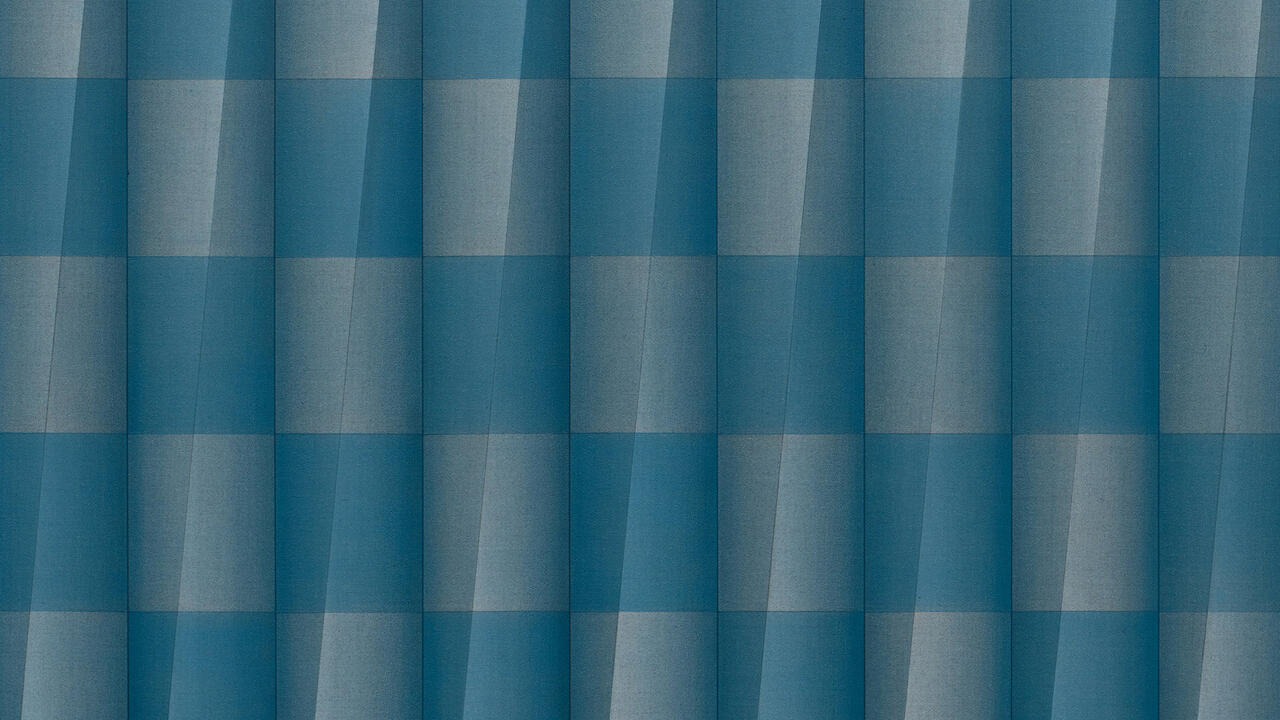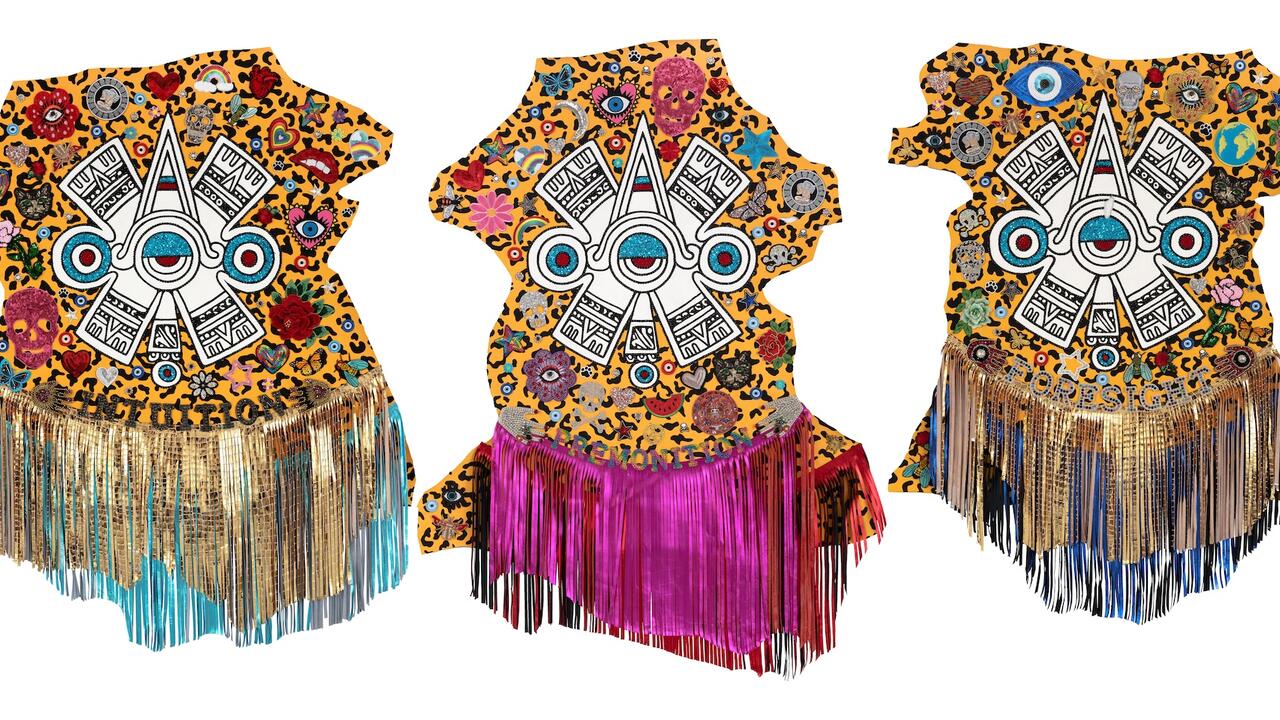Henry Flynt
Kunstverein für die Rheinlande und Westfalen
Kunstverein für die Rheinlande und Westfalen

‘The sole purpose of this argument is to cause trouble’, begins Henry Flynt’s ambitiously titled 1997 treatise That 1 = 2. Systematic provocation might also have been the goal of Activities 1959–, this retrospective and first-ever institutional exhibition by the US artist / anti-artist / musician / philosopher. Curated by Kunstverein director Hans-Jürgen Hafner in close collaboration with Flynt, the show brought together visual pieces, some of them recreations of previous versions, which unfolded and collapsed in contradiction, as well as the artist’s unique brand of very reasoned nonsense.
Flynt’s prints and paintings comprise diagrammatic illusions, semantic puzzles and optical quandaries which seem clipped from Logic or Gestalt psychology textbooks. The intermedial hand of Fluxus is never too far, though Flynt disputes the association (despite his friendship with La Monte Young, George Maciunas and Tony Conrad). This distancing seems to be part of his attempt to stake out ground for his work on its own terms, in conceptual solitude. Likewise, as acts of crystalline optical reduction, these pieces strip visual experience to the rudiments of viewership. Interior Boundary Painting (1992), for example, is a mask on a black square, which was installed on a windowpane in the Kunstverein’s upstairs foyer – looking through the window revealed shifting visual information depending on viewers’ perspectives – the frame surrounding the image (and hence the piece) perpetually fluid.
In essays such as The Psychedelic State (1992) Flynt has invoked the idea of transposition as it relates to the musical scale: as one goes up or down a scale, there is an infinite number of any given note. Middle C sounds different from C one octave higher but, then again, it’s the same note (so, in a way, as in Flynt’s treatise, 1 does equal 2). Likewise, the discrete pieces here on display seemed like many transpositions of one logical experiment, formulated in various ways. Concact (Conceptual Activity) of Colored Sheets and Optical Scans for The Optical Audiorecorder (1961–2), a hexagon of folded and cut newsprint, was included in a vitrine along with other historical works and documents from the 1960s; the piece looks like a Moebius strip flattened into 2 dimensions – fitting in light of the number of logical impossibilities in the show. One True Sentence (1989/2012) extends the liar paradox: ‘Every other sentence on the wall is false’ was printed over and over on a large, yellowish wallpaper installation. Logically Impossible Space, first realized at the 1990 Venice Biennale, features an empty room whose walls are printed with dozens of Necker cubes: an optical illusion wherein the brain, in perceiving a two-dimensional figure as a three-dimensional cube, sees the ‘front’ of the cube as the ‘back’, and vice versa. The effect of multidirectional illusion was compounded by the number of Neckers, as well as this piece’s installation in a cubic space opposite the Kunstverein.
Works like these belong to what Flynt, since 1961, has called ‘concept art’ (not Conceptual Art), which he has glossed as ‘an object-critique of logic and mathematics’, where ‘physical displays’ are ‘supports of contexts’. The deployment of objects and images (displays) become logical extensions, or settings, for thought experiments. What sound is to music, concepts are to concept art, to borrow the artist’s analogy. Flynt’s generative analysis and explication of ‘concepts’ through such visual tools are often more interesting than the tools themselves; meta-discourse often trumps the original problem. Here, one might think of Wittgenstein’s well-known example of a ‘duck-rabbit’, plausibly viewed as either a duck or a rabbit, but not both. (The Wittgensteinian title of Flynt’s essay Philosophical Reflections from 1996 is one of many such nods to the Austrian-British philosopher.) But if Wittgenstein were to talk shop with Flynt, I suspect he’d press him on this very point: aren’t concepts always only intelligible through physical displays (imagined or real)? In that sense, what’s to distinguish concept art from any visual example?
And how do we make the leap from visual schematic to a work of art? Well there’s the real paradox. The most present self-contradiction here was Flynt’s positioning as an artist, despite his loud activism on the ‘anti-art’ ticket. The show excluded his numerous musical compositions, for which he’s well known. While this deliberate omission gave overdue attention to his visual practice, the show amounted to a broad critique of the institution of the art work, that is, to a sort of triumph of anti-art. A photograph taken by poet Diane Wakoski in 1963 at Walter de Maria’s loft shows Flynt, in dictatorial pose, standing behind a desk, under a portrait of poet Vladimir Mayakovsky and beside signs bearing anti-art slogans: ‘DEMOLISH LINCOLN CENTER’ and ‘VERAMUSEMENT – NOT ART’ (Flynt’s neologism). And indeed, one was hardly given ‘art’ here – concept art seems to fall outside a traditional understanding of aesthesis. Instead, on view was a curious, entertaining form of ‘veramusement’. Exactly what that means, only Flynt knows.
















